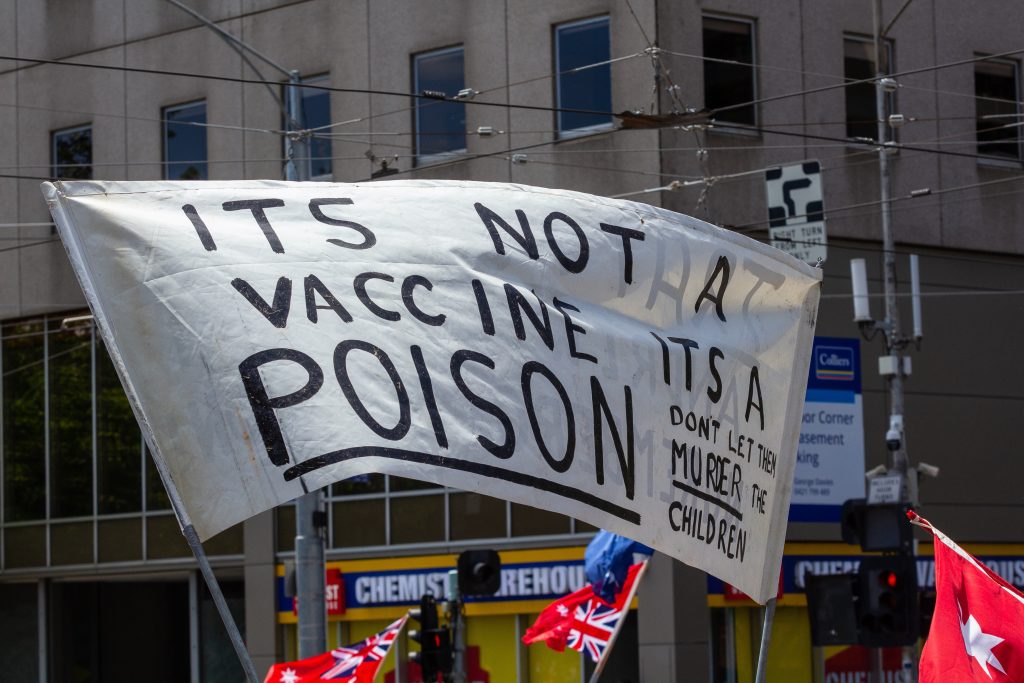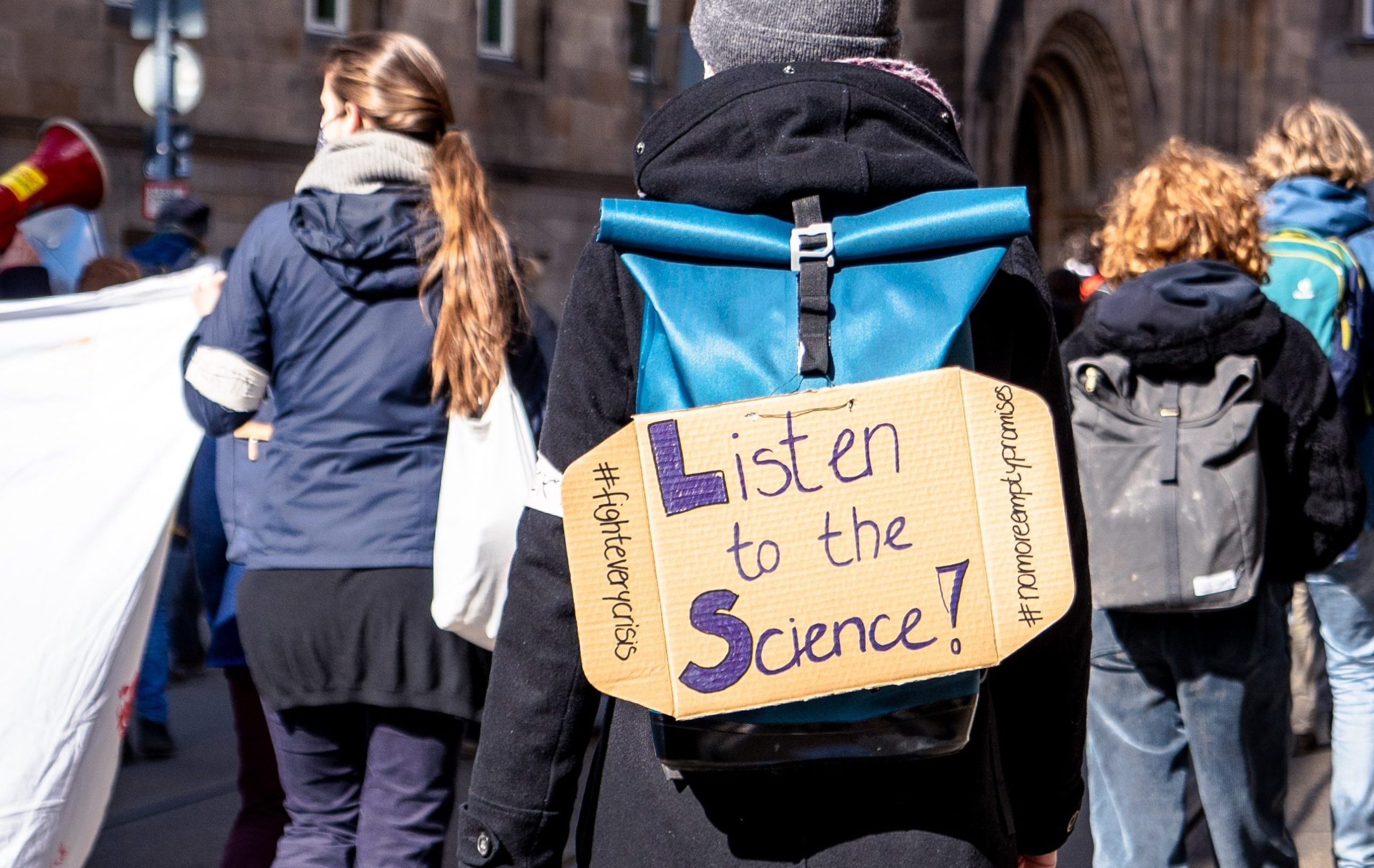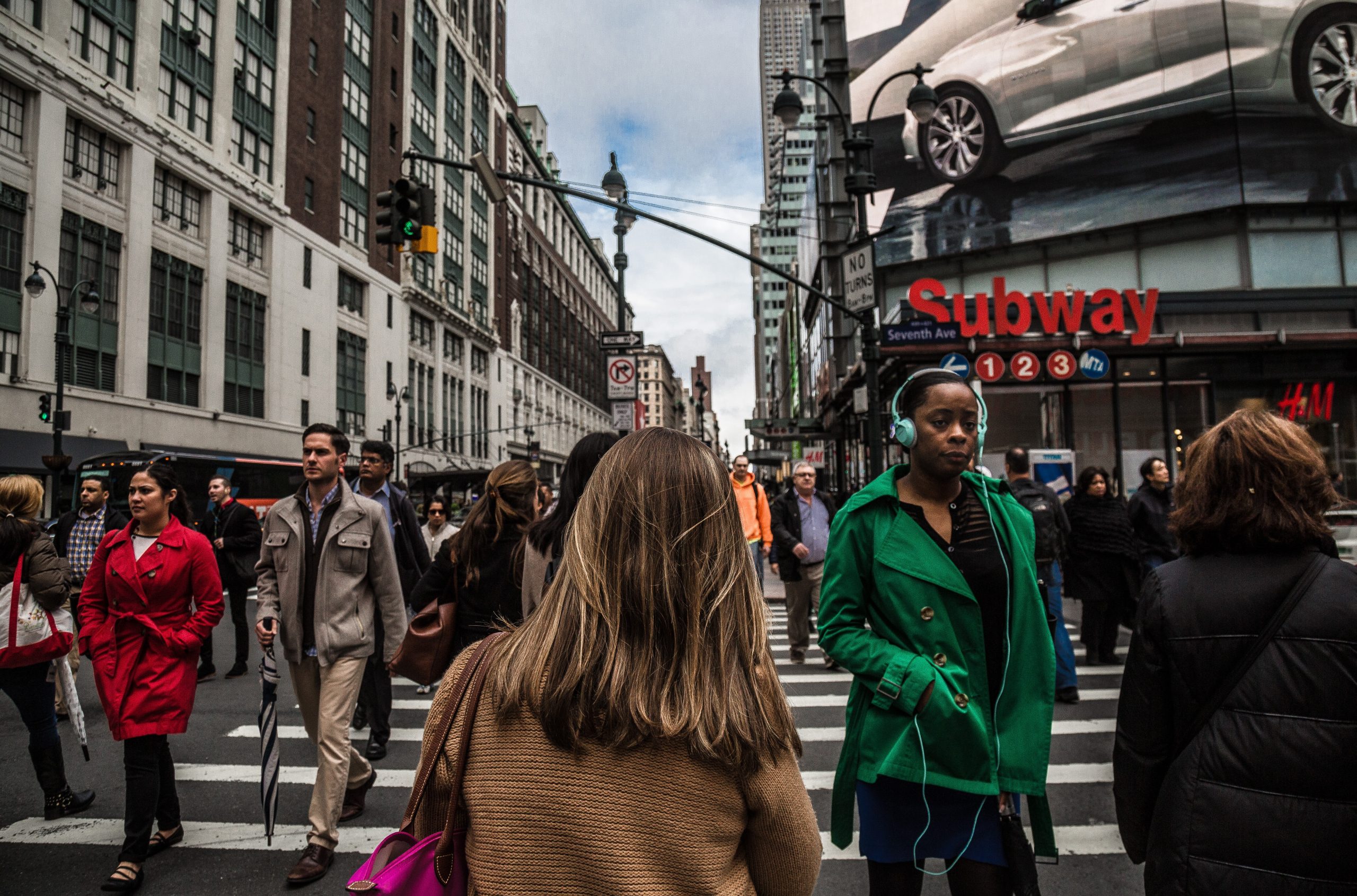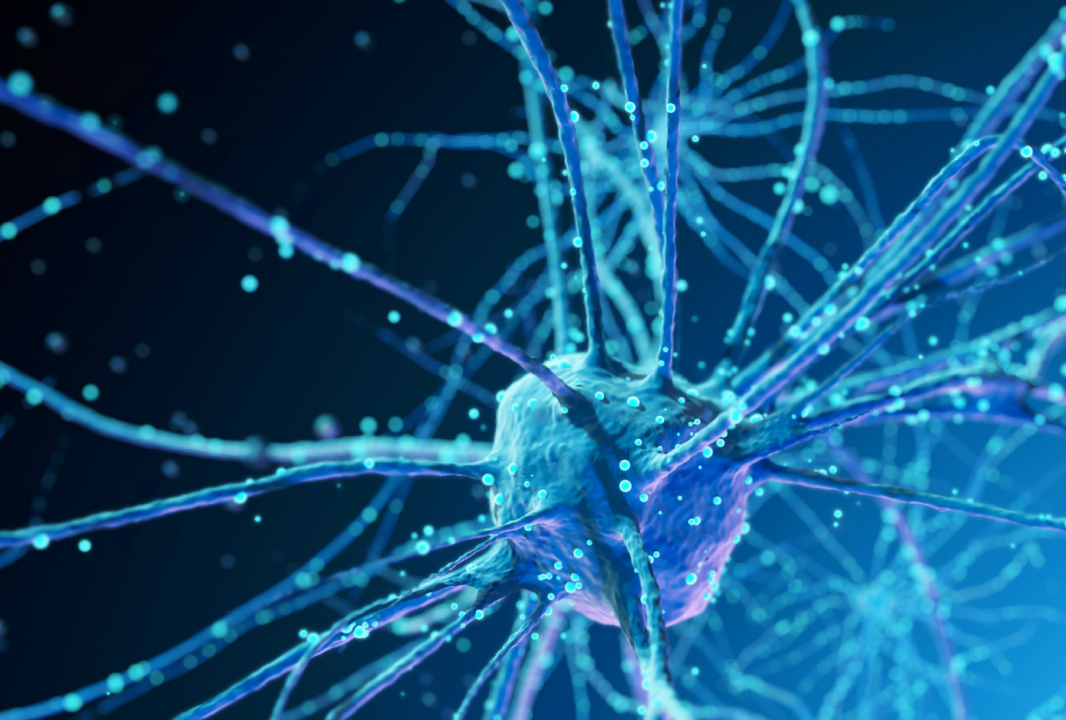Recently, amid a number of global weather-related disasters and recovery from the effects of a COVID-19 pandemic, the United States (US) government issued a critical new ruling which could fundamentally change our ability to access science to improve the response to such crises. It was announced that from late 2025, all federally-funded research must be made immediately available to the public, a ruling that will substantially expand and accelerate access to important scientific research not just in the US, but worldwide. The guidance stipulates that anyone, anywhere, can immediately and freely access the peer-reviewed publications and data arising from government-funded research. Just last year, two million research articles were published in the US alone; but with the exception of specific university provisions, citizens, doctors, the media, and even the scientists themselves, have to pay for access to these publications and data as they sit behind publishing paywalls.
The announcement was widely praised as ‘transformational’ and ‘an enormous leap forward’ for democratizing knowledge and removing barriers to research. It has been suggested it will accelerate discovery toward curing disease and tackling climate change, facilitate more informed decision making between patients and doctors, and help to establish a better and more transparent relationship between science and society.
Free access matters for both scientists and the public, as demonstrated by the pace of the COVID-19 pandemic. Giving scientists and citizens immediate access to scientific and health information could quickly advance progress towards significant issues like health inequities and environmental crises, cancer research, and clean energy technologies. It is not possible to collectively create global solutions if everyone cannot access and contribute to the research, data and educational resources around these issues. However, a critical and neglected contingency to this is the assumption that access equates to understanding.
More equitable access highlights the inequity in literacy
The new guidance has revealed a tension between intellectual property rights and free access to data and educational resources. Much has been made of the negative implications to the business model of the scientific publishing companies. Others rightly focus on the victory for researchers who no longer need to wait years to have their life’s work recognized and celebrated. But few, including the government authors of the ruling, have highlighted, or addressed the critical implications for the group the guidance is specifically addressed to: ‘the public’. Simply making more information available to a public that is not fully equipped to understand, contextualize and communicate scientific information is disingenuous at best, and dangerous at worst.
It’s fair to say that the last year has seen ground-breaking science – from the COVID-19 vaccination program to the launch of the James Webb Space Telescope – thrust quickly into the public domain for a society that is consuming scientific information at increasing pace across many different media. Without addressing the significant inequities in scientific and health literacy – essentially the public’s level of knowledge and understanding of scientific concepts and processes required for personal health decision making, participation in civic and cultural affairs, and economic productivity – the democratization of knowledge fails.
Too much information can indeed be bad for our health
We should also be concerned with the unintended consequences of making research content and data openly available for uses beyond sharing knowledge. The current pandemic provides a cautionary tale. Many scientific journals and researchers made their COVID-19 research and information available to the public without restrictions through traditional and non-traditional platforms like social media. As a result, citizens, the media, and non-specialists were misinterpreting these articles to advance their own beliefs and making health decisions based on flawed logic or data that had real consequences for both individual and collective health. The risk is similar with the climate crisis we are facing as a global community. These examples demonstrate not only a lack of understanding of scientific evidence, but also an unfortunate ability to distort it.
The common but as yet untested assumption is that greater scientific and health literacy could help stem the credibility and spread of science-related misinformation and ultimately help improve informed decision-making at the individual and collective levels. This could help people better understand why complex uncertainty exists in science and what scientists do to better address that uncertainty. In addition to helping people identify misinformation, better literacy skills could make misinformation less appealing.
The public cannot be expected to understand complex statistical analysis, probability or confidence intervals, and so it is not surprising that they will selectively dissect research for statements that can be used out of context to support opinions or positions. And while full transparency in research demands that studies that did not meet specified endpoints or anticipated results be shared for the legitimate purposes of learning from failed or flawed hypothesis, these results can be selectively used without context to support negative narratives. The root of this is a fundamental lack of understanding of some basic scientific tenets, as well as a lack of knowledge of how to engage critically with the media or processes that share the information. This includes how scientific research is conducted, how publishers and media repackage and share the information, and how it is used to inform public and healthcare policy and innovation.
Are there any simple answers to a very complex problem?
People should feel equipped to access and use trustworthy science and health related information when needed for informed decision-making in their everyday lives. They also need to be able to gain additional skills to navigate misinformation and potentially polarized or contentious opinions across different issues and information sources.
Increasing scientific literacy levels is a complex challenge and certainly not the responsibility of any one stakeholder across public education and health. Addressing the gap in public understanding will require the coordinated efforts of scientists, industry, educators, parents, media, and public institutions to find clear, compelling ways to teach and communicate science. Nevertheless, there are worthwhile changes that can be considered immediately to try and ensure we bring science into the public dialogue in a transparent, accessible and responsible way.
Ultimately, better scientific and health literacy should mean that more people are able to access information they need, avoid misinformation, and better contribute to informed discourse and decision-making involving science. It could mean that individuals and communities are better able to identify and use emerging research to improve health and well-being. It could also likely increase trust in or support for science, and identify misinformation. It might also mean we are all better able to understand and communicate with each other as we decide how to move forward in science and society.
Our deteriorating climate and the COVID-19 pandemic have thrown into sharp focus how vitally important it is for scientists, industry, governments, and the general public to have access to credible research. However, the solution is never as simple as more data or more access. Only through a considered and collective approach by these stakeholders to address literacy can we realize the broad and admirable objectives of the government ruling to democratize access to information, accelerate discovery, grow trust in science and empower the public to have the greatest possible impact on our world.
Ultimately, better scientific and health literacy should mean that more people are able to access information they need, avoid misinformation, and better contribute to informed discourse and decision-making involving science.

We should be concerned with the unintended consequences of making research content and data openly available for uses beyond sharing knowledge.












